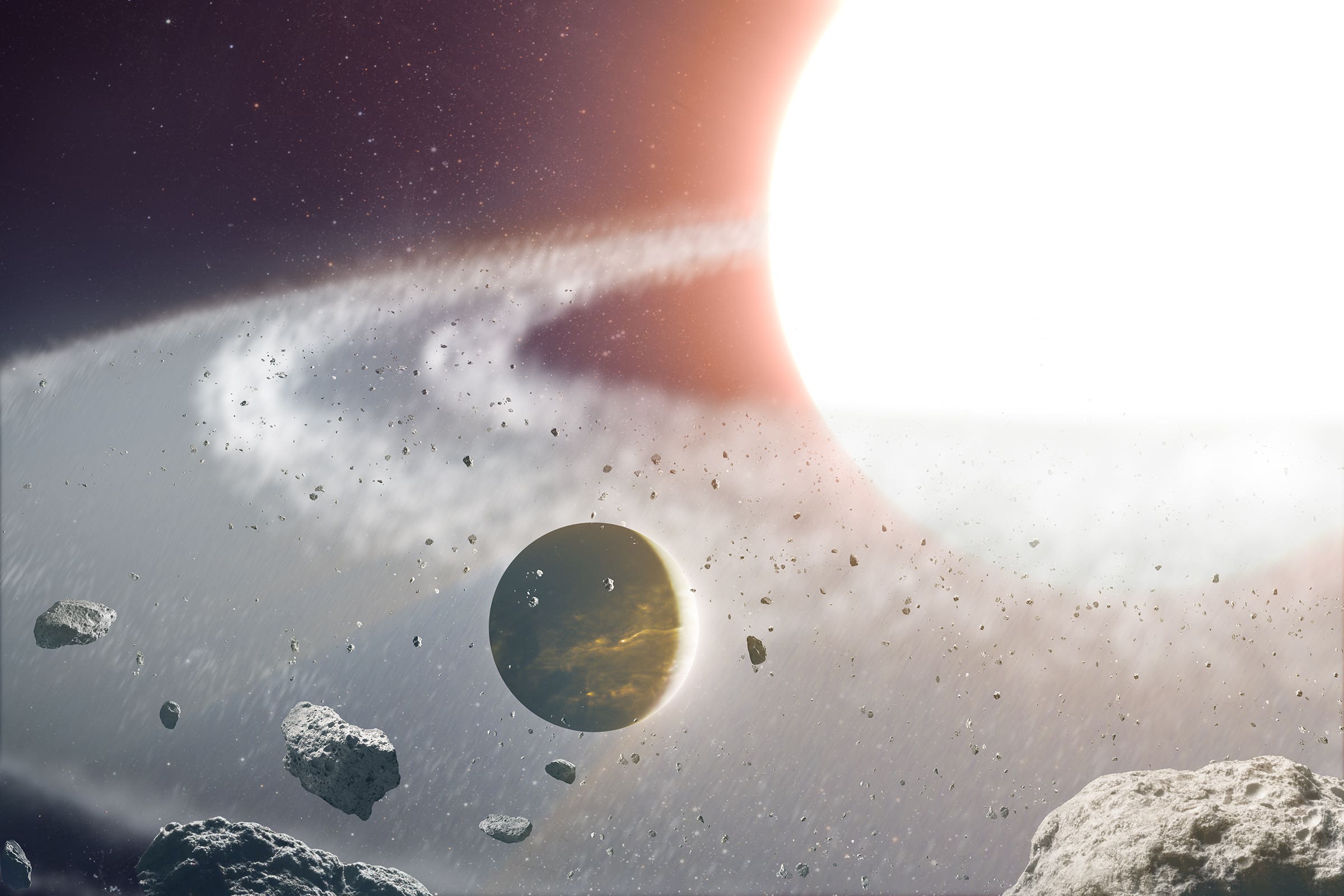Scientists baffled as planet mysteriously avoids being engulfed by host star
‘It’s very unusual that the planet still exists.’

A giant planet around 500 light-years away has mysteriously avoided being engulfed by its dying host star, baffling astronomers worldwide.
Known as 8 Ursae Minoris b, the planet is slightly larger than Jupiter and takes around 94 days to orbit its star.
Normally a planet close to its host star – about half the distance between Earth and the sun – would be consumed when the star expands into a red giant and begins the process of dying.
However, 8 Ursae Minoris b continues to exist, much to the surprise of scientists.
Dr Dimitri Veras, an astrophysicist at the University of Warwick, said: “The distance between the Earth and its star, the sun, is 1 astronomical unit, or 1 au.
“8 Ursae Minoris b is orbiting its star at 0.5 au.
“While the distance is not unusual in itself, what is strange is that the star is in the process of dying, having already spent some of its fuel.
“When a star spends fuel, it expands in size significantly.
“This star would have already expanded its size to 0.7 au, which should have engulfed and destroyed the planet.
“So it’s very unusual that the planet still exists.”
Dr Veras says there are two possible explanations as to why 8 Ursae Minoris b remains in orbit.
He said one is that the host star may have once been part of a two-star system which merged to become a single star, somehow allowing the planet to survive.
Dr Veras said the second theory, which is less widely explored, involves “the merger of the two stars producing a disc from which this planet was generated – known as a second-generation planet”.
He said the findings, published in the journal Nature, could help shed light on the eventual fate of the Earth and the solar system.
Dr Veras added: “The wider impact is a better understanding of the evolution of stars like our sun and the evolution of planets like those we see in the solar system, and the need to look out for additional unusual cases like the observed system.
“Sometimes the rarest cases can reveal the most about stellar and planetary physics.
“Understanding these rare planetary systems enables us to learn new ways in which planets and stars evolve, and motivates us to discover even more rare examples.”